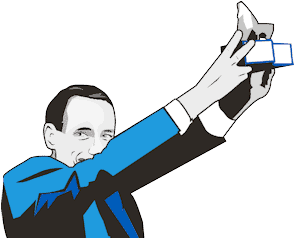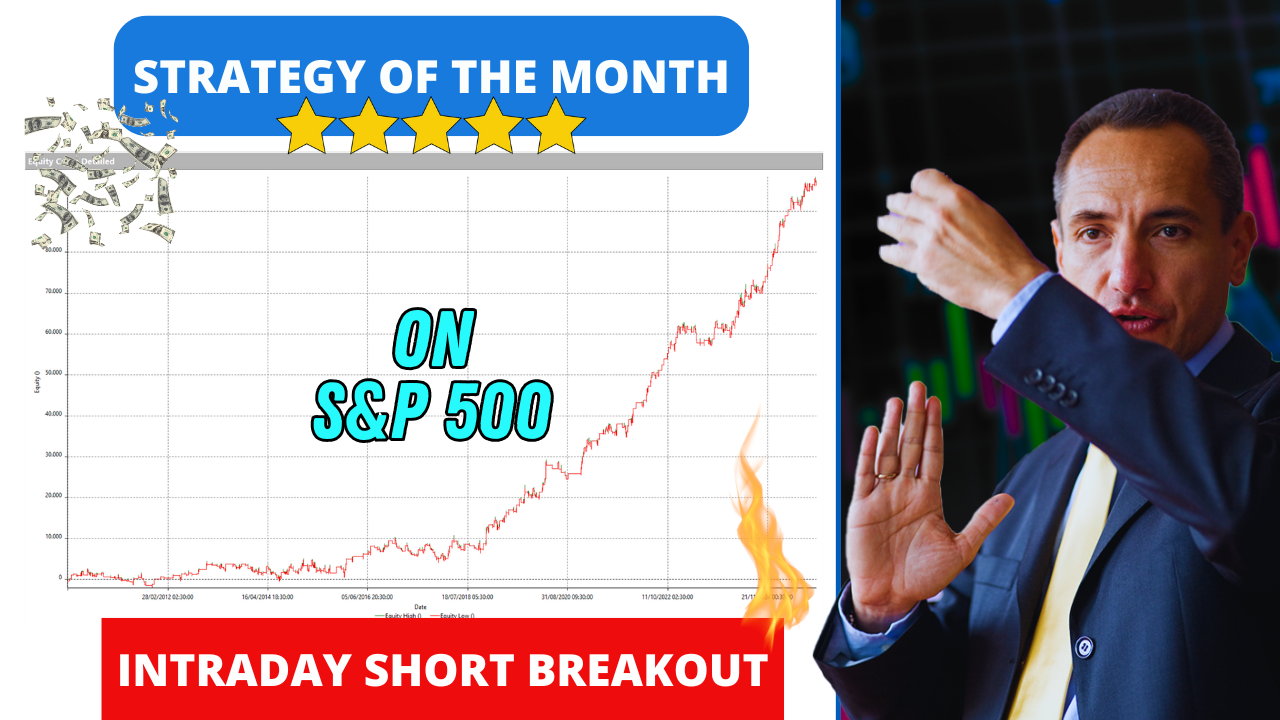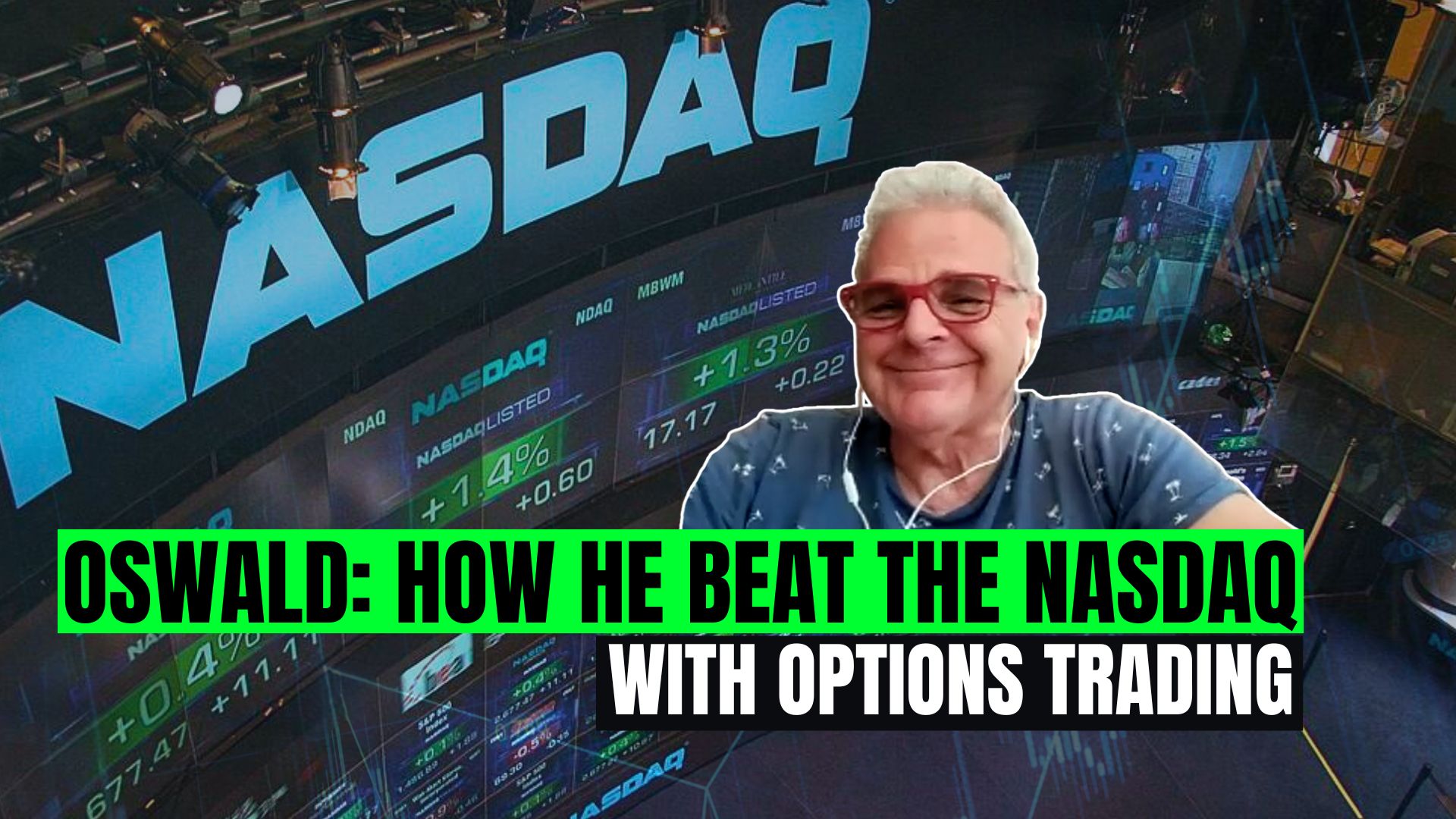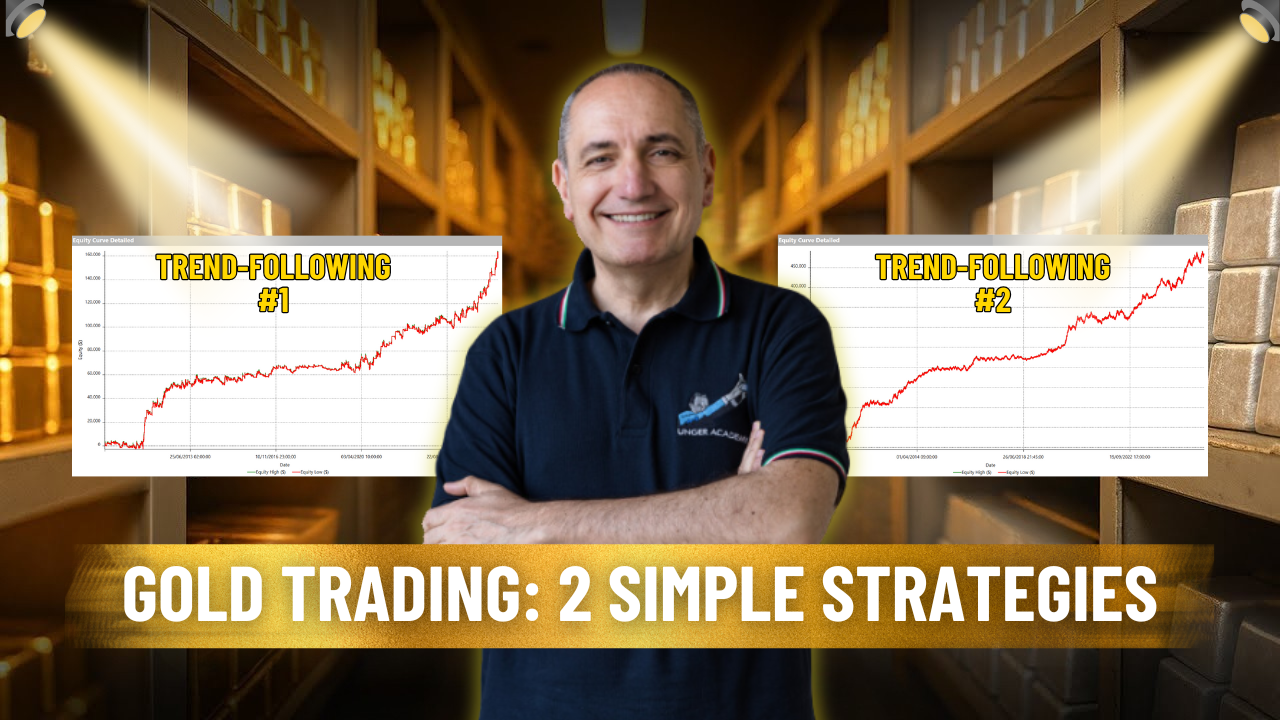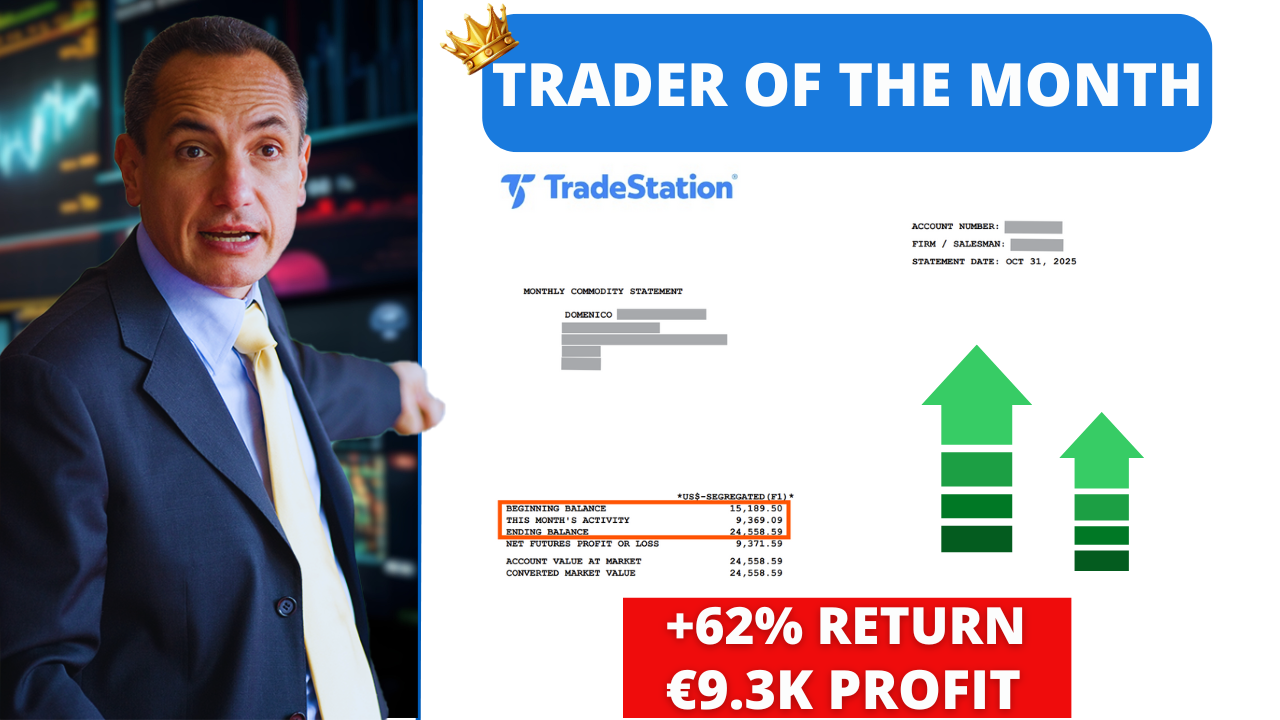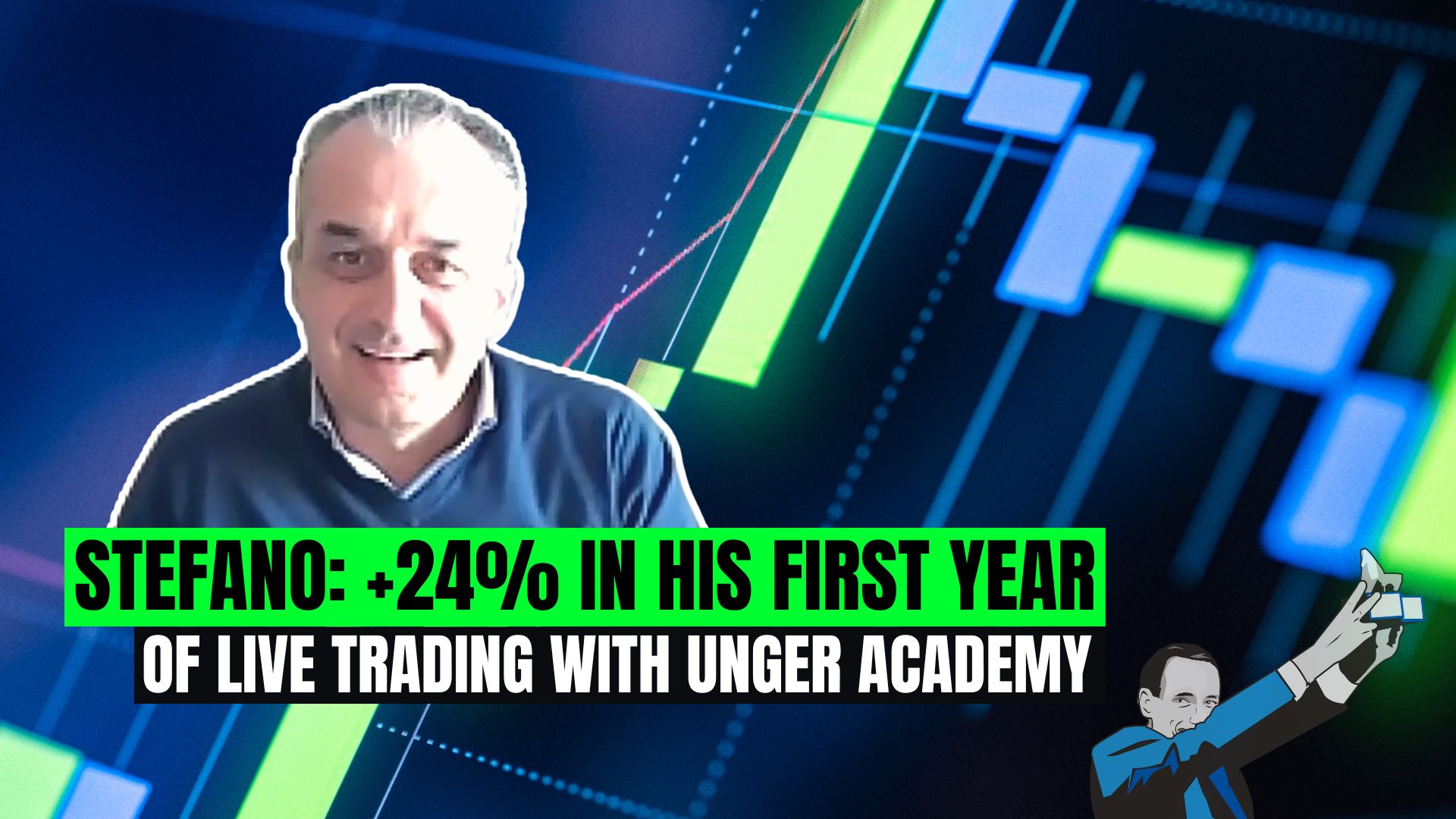Hi guys, hi from Andrea Unger! Today I’ll talk about our mindset in trading and how it is affected by our mindset in life, especially when it comes to our deep-rooted habit to buy things when they cost less.
It often happens that our mindset in trading is affected by habits we’ve developed in life.
For instance, if you’ve ever been a tourist, it must have certainly happened to you to decide to buy some small souvenir. On such occasions, you probably discussed with the shopkeeper to get a discount.
This also occurs in many other fields. Even when you’re buying a house to move in, you might wait until you feel that real estate costs are on a medium or minimum zone. This is pretty much normal.
This mindset is often applied to trading as well, especially by newbies. They try to buy at the minimum price possible, probably at the bottom of stock values.
Is This Mindset in Trading Profitable?
This is obviously fine and there’s nothing wrong with it, but whereas you generally buy a house just once or twice in your life, and so you can look for proper timing, in trading you buy much more often, which makes it more difficult to wait only for minimum prices.
It’s true that, if you were able to buy at the very bottom and to sit down and wait, you would have probably earned a lot of money so far. However, sitting up and waiting isn’t always in the DNA of a trader.
I don’t want to decide whether this is right or wrong. However, I think it’s true that, being a trader, you try to be active. In fact, waiting and seeing your capital growing isn’t always something that copes with the trader’s mindset.
So, actually, you don’t have that great number of chances to buy when prices are supposed to be at the bottom. I write “suppose”, because you need to wait, in order to know if those prices were actually the minimum ones, or if there was just a pause in a down move.
The Breakout Example
The truth is that one of the most common approaches in systematic trading (I don’t have any precise statistics, so don’t ask me how many models work on this) consists in buying at a breakout of a new high.
This goes against the common sense of any standard citizen, because you wait and buy an asset only when it becomes very expensive, possibly more than ever.
So, you actually wait to pay as much as possible to buy an asset!
It may appear crazy, so let’s look at it from a different perspective.
Imagine you go and bet on a horse race. I’m not an expert and I’ve never bet, so I don’t know anything. However, if I had to go and bet on a horse, I would probably take a look at past races and choose the horse that won more races, the strongest one; I wouldn’t choose the weakest, unless if it were in the hope to win more, as the payout when they win is generally higher.
Apart from this sort of speculation, if I had to do it with a high chance of winning, I would choose the horse I think is the strongest. This makes sense, doesn’t it?
The same applies to soccer coaches who, when they put teams together for matches, choose the players who seem the strongest and fittest at that moment; they don’t choose those who are recovering from an injury, or whatever, but those who demonstrated to be at the top of their fitness level in the past matches.
Choose the Strongest
If you apply this mindset in trading, you see why it can be better to choose what showed to be the strongest, supposing it’ll be even stronger afterward, like the horse that wins again or the players who will play well again, once you put them on the court.
In trading it often happens that, in order to make more money, you’ve to pay more. If you try to pay less buying at the bottom, there’ll be a higher risk that you lose money.
This doesn’t mean that this is the universal approach – pay as much as possible and you’ll make money – but it makes sense if you look at it from the strength point of view. Then, it is obviously not necessarily true in all fields, as there are assets where you wait for a retracement to buy.
For instance, on the e-Mini S&P 500, I always show this example, you wait for a retracement, because you expect this asset to go up in the long term, but sometimes going a bit down; when it goes that bit down you enter, because you save the money from buying at the top, this works.
But it doesn’t work on other assets. There are cases in which, if you waited for that retracement and bought then, you would probably lose money, because such assets tend to continue being weak when they show some weakness, and so you would lose part of your money if you applied the stop-loss.
Please, don’t misunderstand this point. It is always good to apply the stop-loss, so I’m not telling you not to apply it in order not to lose your money. You lose money if the market goes down and loses value.
Learn a Different Mindset in Trading
Generally speaking, buying what appears to be stronger pays more than buying what shows to be weak.
This is the hidden truth in trading that doesn’t always cope with people’s common sense. Perhaps, this also may be the reason why many people lose their money in trading.
Obviously, this isn’t a universal rule. So, please, don’t go out and buy most expensive things saying: “Andrea Unger told me to do so and now I’m losing my money!”
Andrea Unger didn’t tell you anythin. Andrea Unger is just telling you that, normally, betting on strength pays more than betting on weakness. In addition, it also gives you more opportunities to buy when things go up well.
So this is it, I mean, think about it. If you’re one of those people who always try to buy at the bottom, think and have a look into this.
How do I have a look into this? I test it.
As an algo-trader, when I get a tip or come across with an idea, I put it together into my software machine and test what results it would have produced so far.
If they look promising I might consider it, if they look a disaster I discard it completely.
So algo-trading really helps in this, because whatever idea you get, you can test it and verify with numbers if it makes sense or not.
Ciao from Andrea Unger, see you next time!
